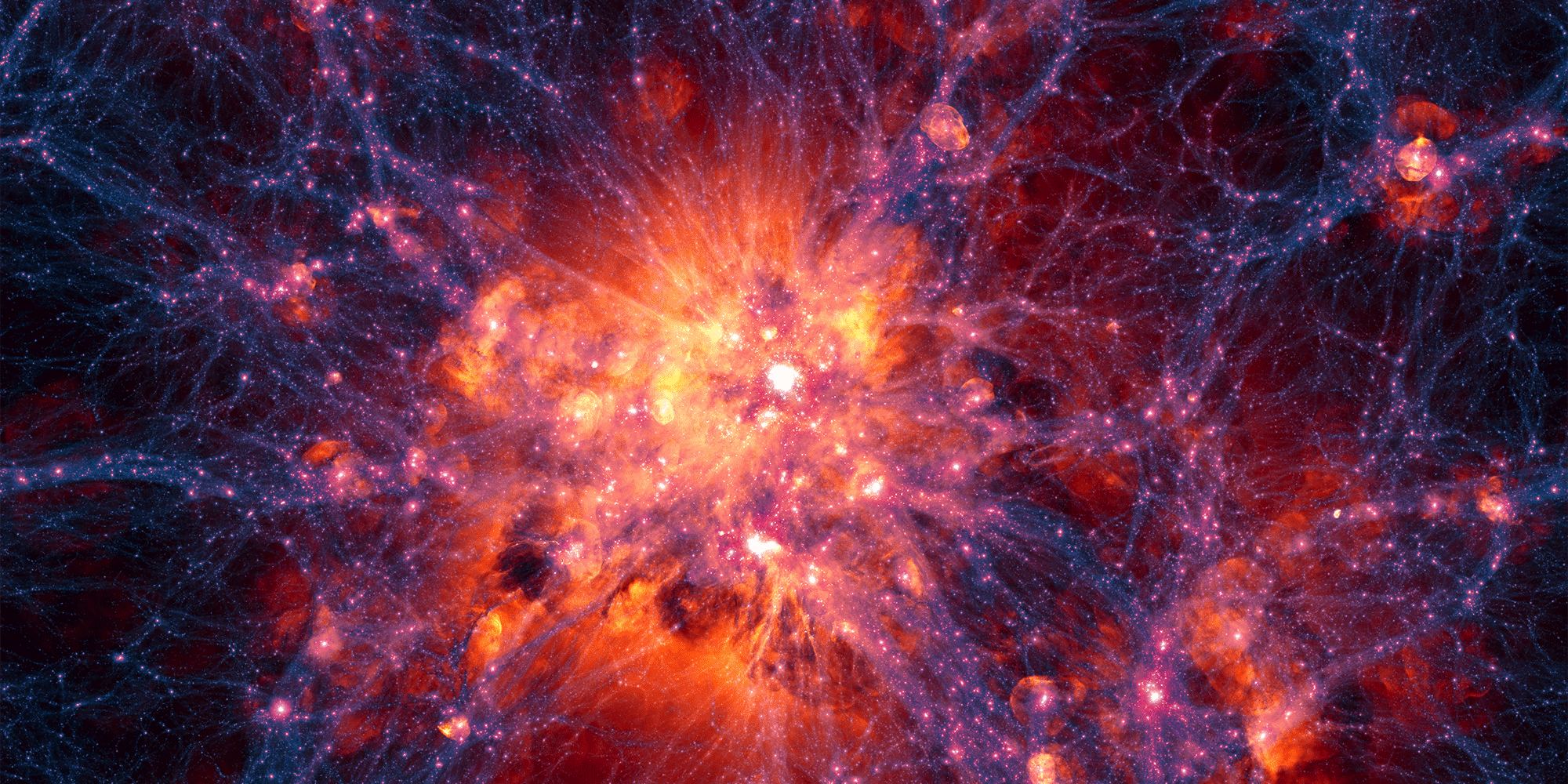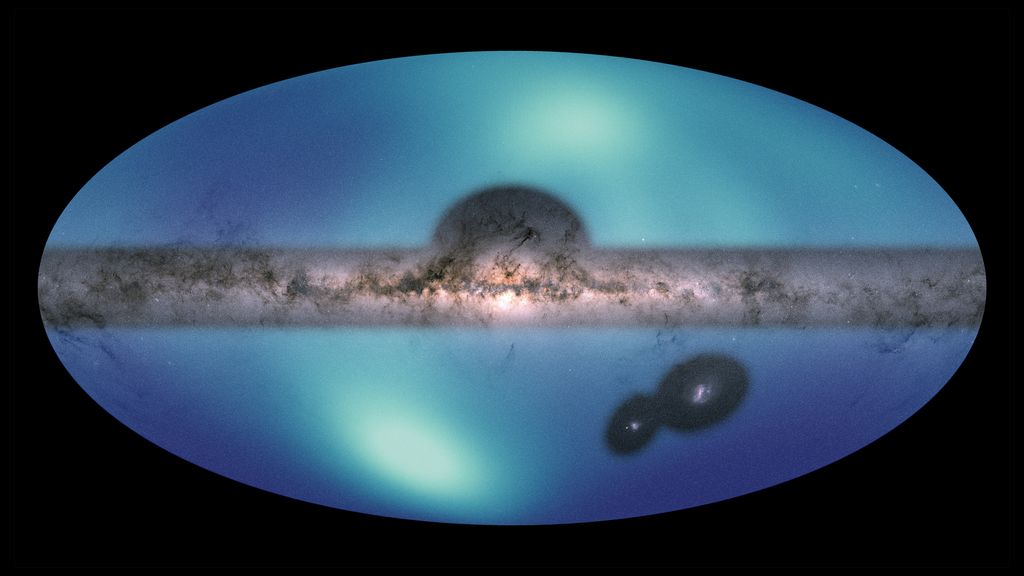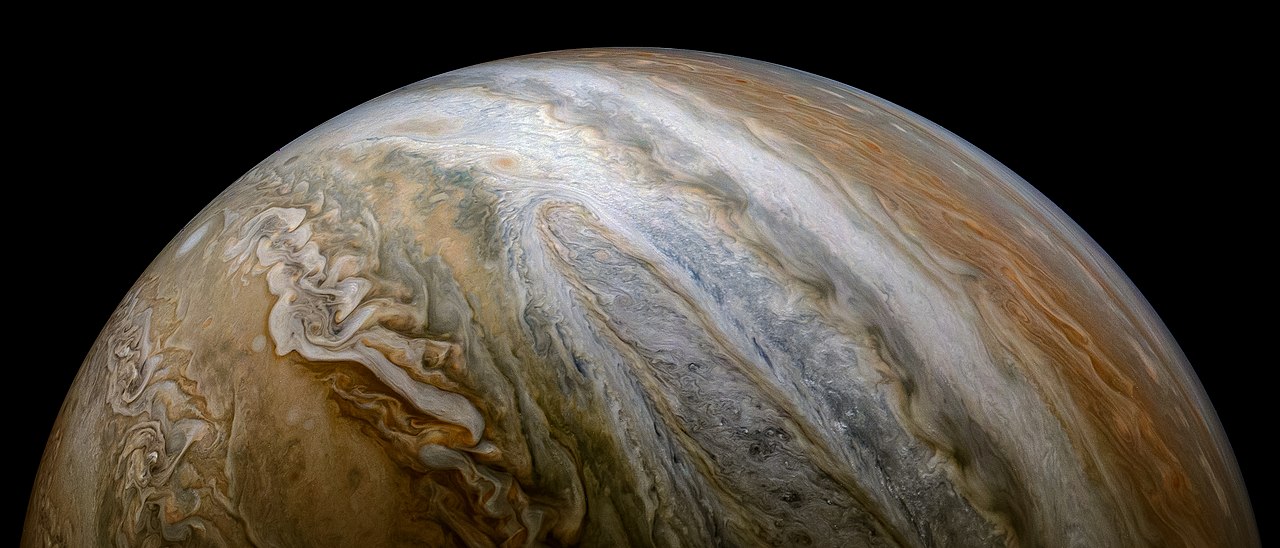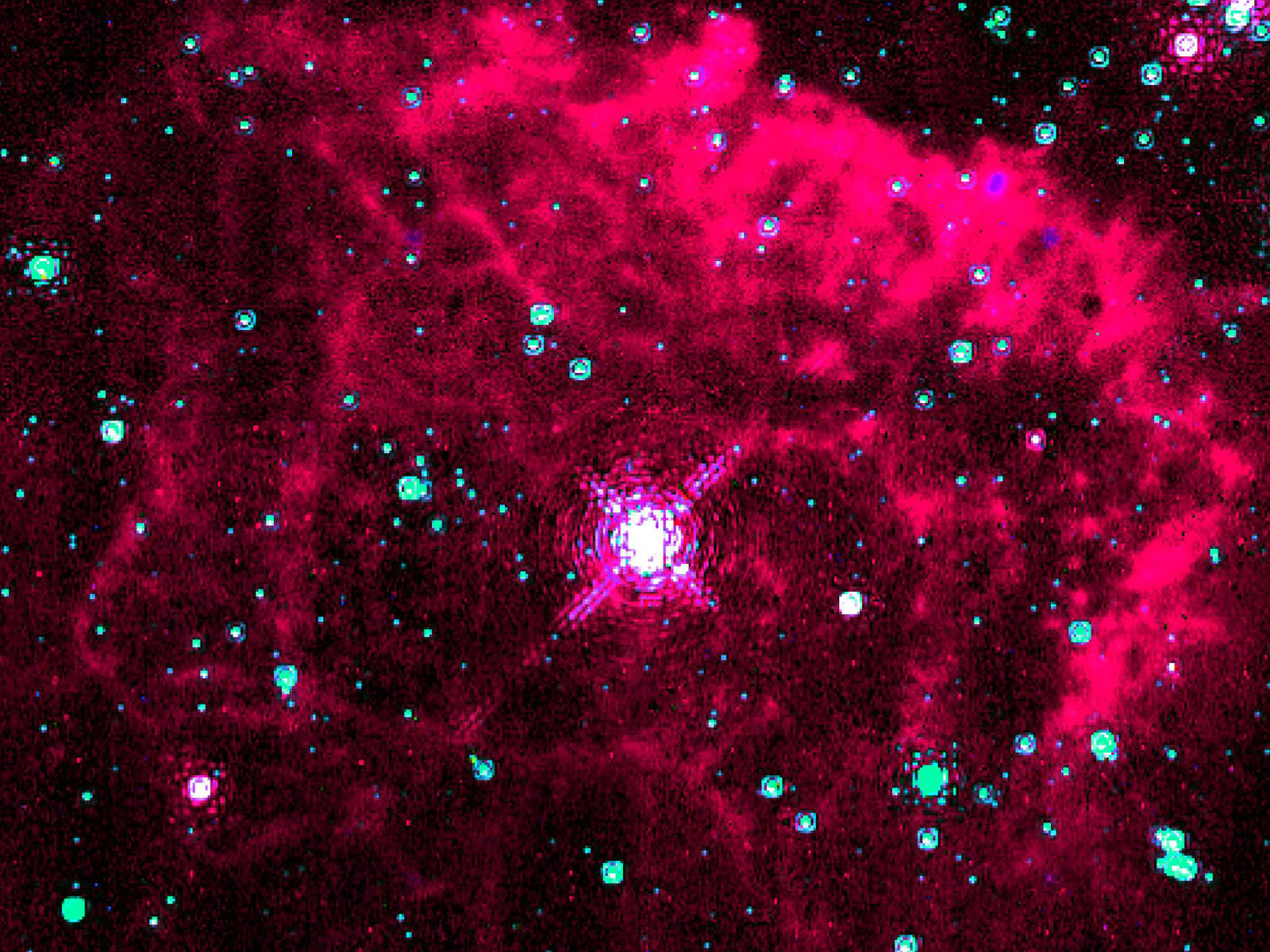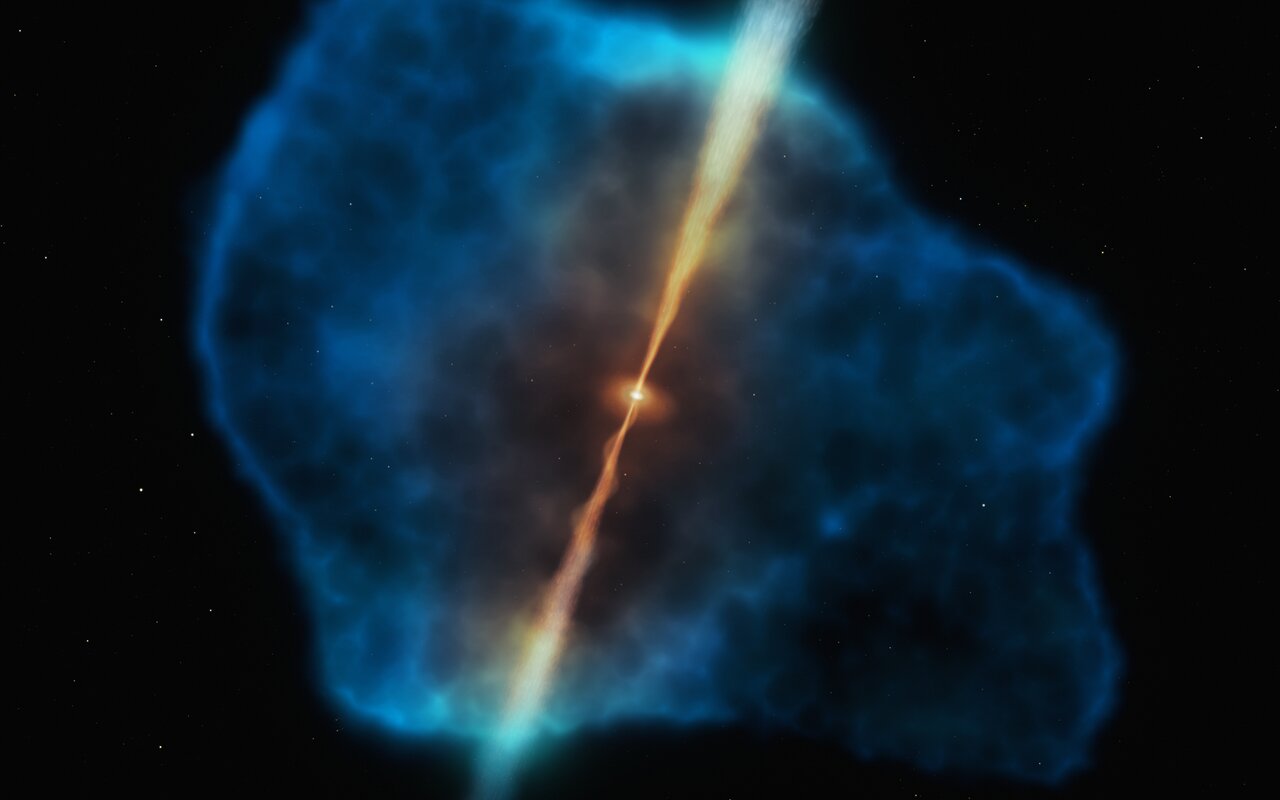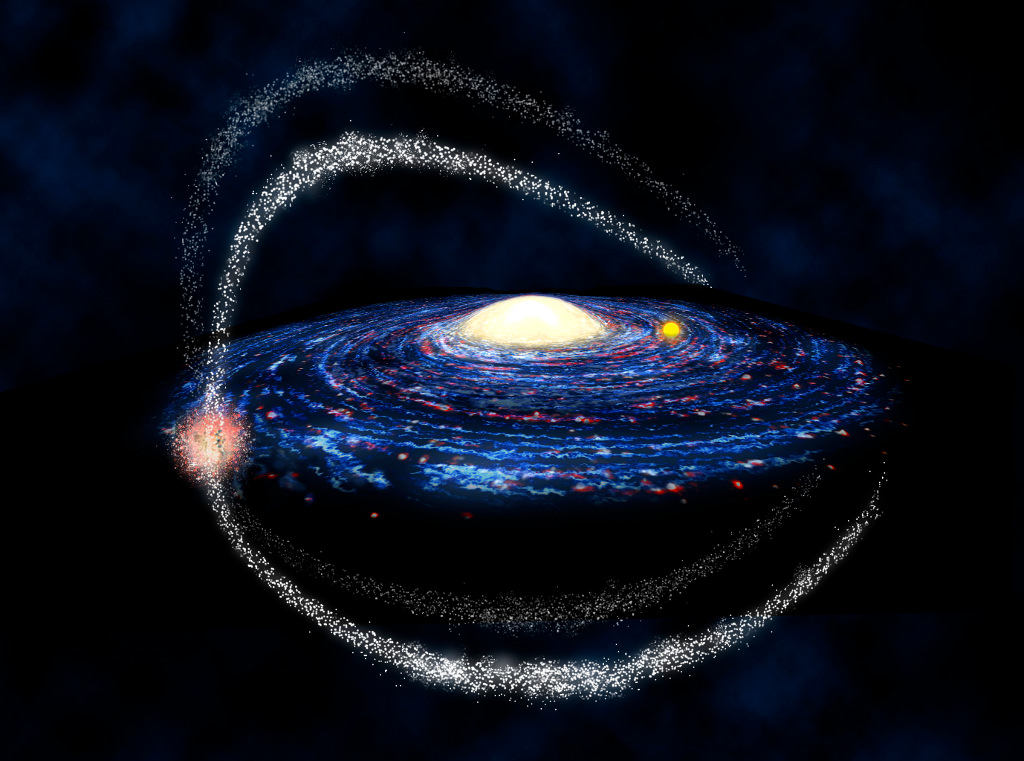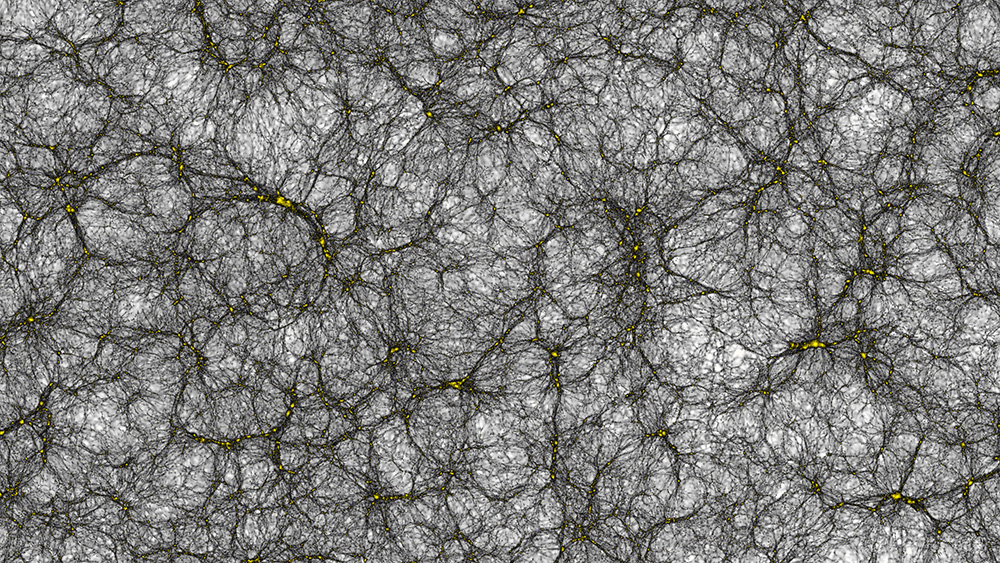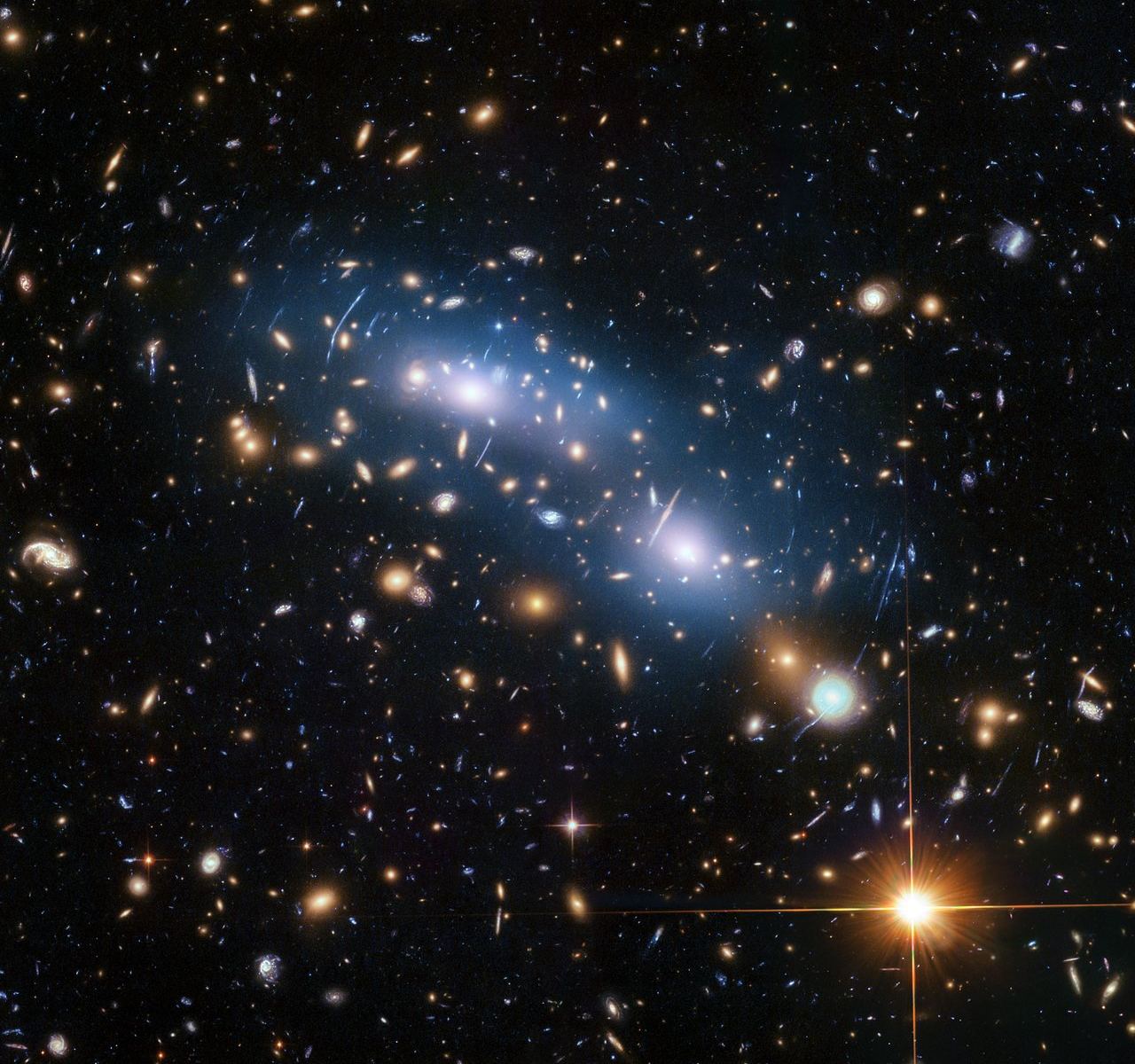Since it was first theorized in the 1970s, astrophysicists and cosmologists have done their best to resolve the mystery that is Dark Matter. This invisible mass is believed to make up 85% of the matter in the Universe and accounts for 27% of its mass-energy density. But more than that, it also provides the large-scale skeletal structure of the Universe (the cosmic web), which dictates the motions of galaxies and material because of its gravitational influence.
Unfortunately, the mysterious nature of Dark Matter means that astronomers cannot study it directly, thus prevented them from measuring its distribution. However, it is possible to infer its distribution based on the observable influence its gravity has on local galaxies and other celestial objects. Using cutting-edge machine-learning techniques, a team of Korean-American astrophysicists was able to produce the most detailed map yet of the local Universe that shows what the “cosmic web” looks like.
Continue reading “A Dark Matter map of our Local Cosmic Neighborhood”
